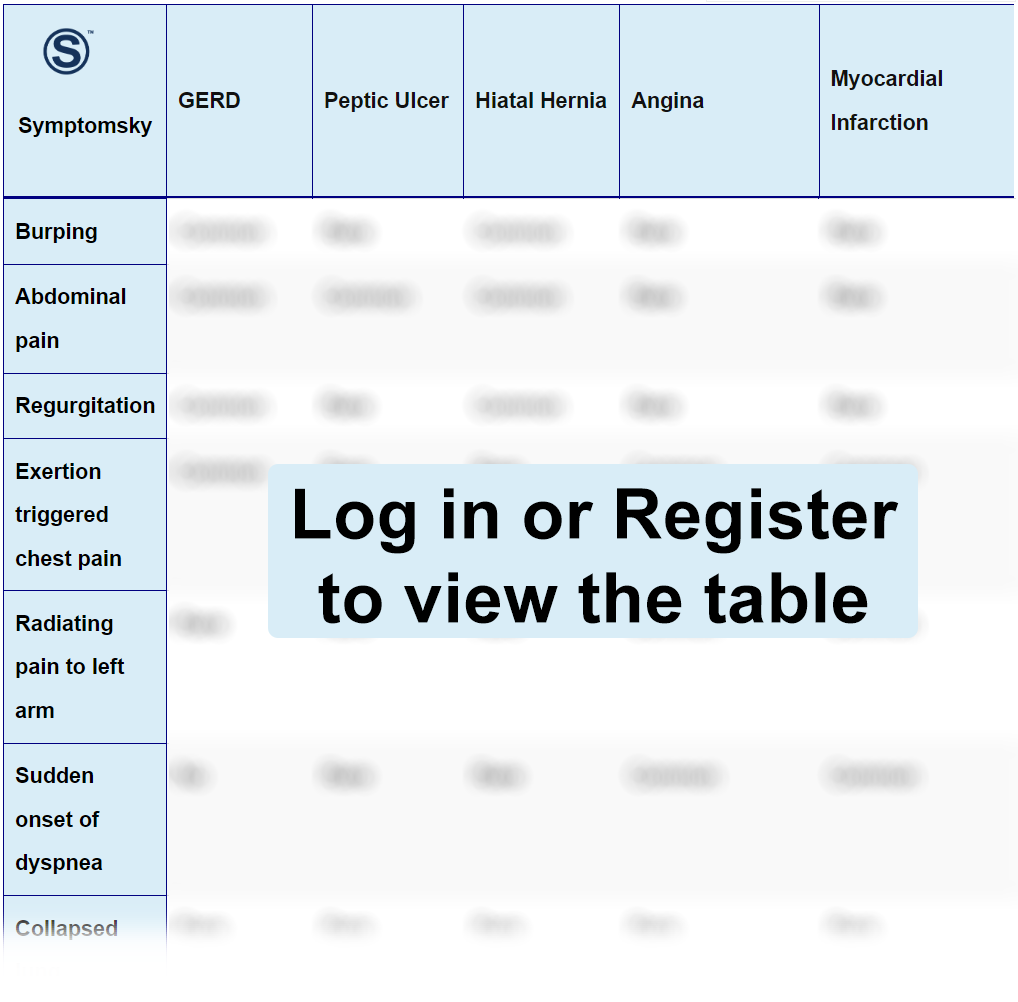Chest Pain and Back Pain – Aortic Dissection, CAD, GERD, Heart Infarction
Chest pain and back pain can affect normal comfort level. Our chest is made up of a framework connected with the back so its pain is obviously due to musculoskeletal conditions.
Normally these signs are not deadly but a rare condition called “Aortic dissection” can cause chest and back pain which can be dangerous.
Now what causes the Aortic dissection? Aorta is the largest blood vessel of our body which is made up of three tight layers to form its walls to withstand high blood pressure.
A prolonged elevated BP causes wear of the innermost layer of Aorta “Intima”, allowing blood from the lumen to enter the media (middle layer) creating a false lumen.
Heart is the pumping organ that supplies blood to all parts of the body but it also needs its own blood supply for nutrients and oxygen. These vessels which supply within the heart are called coronary arteries, stenosis of these arteries limit the oxygen supply to heart causing severe chest pain which radiates to left arm, neck, and back distinguishing it from the other chest pain causing clinical conditions.
If blood flow to heart muscles is completely or partially blocked, it causes a very dangerous condition called the Myocardial infarction with the same onset and sites of pain as coronary heart diseases.
Chest pain caused by pneumonia, that is the inflammation of the lungs, is usually accompanied with fever and cough.
The last and important cause of chest pain is gastroesophageal reflux disease (GERD) occurs when stomach acid passes from stomach to esophagus.
These conditions of chest pain are dangerous and lethal, so require awareness and proper medical treatment.
Contents
- 1 Chest Pain Differential Diagnosis Table:
- 2 How To Recognize Which Disease Is Causing Chest Pain
- 2.1 How to Recognize if GERD is Causing Chest Pain
- 2.2 How to Recognize if Peptic Ulcer is Causing Chest Pain
- 2.3 How to Recognize if Hiatal Hernia is Causing Chest Pain
- 2.4 How to Recognize if Angina is Causing Chest Pain
- 2.5 How to Recognize if Myocardial Infarction is Causing Chest Pain
- 2.6 How to Recognize if Pulmonary Embolism is Causing Chest Pain
- 2.7 How to Recognize if Pneumothorax is Causing Chest Pain
- 3 Red Flags With Chest Pain
- 4 Our Additional Resources:
Chest Pain Differential Diagnosis Table:

This is some sort of discomfort or rather pain experienced in the anterior part of the body lying anywhere between the neck and the lower part of the ribs. Chest pain can be an indication of various problems in the chest including diseases or trauma from different objects. There are different causes of chest pain including:
- Angina or heart attack. This may feel like tightness or squeezing in the chest. It might spread to the shoulder or arms.
- Chest infection.
- Anxiety.
- Myocarditis and pericarditis.
- Aortic dissection.
- Pulmonary embolism.
- Heartburn.
- Muscular chest pain, injuries, and inflammation.
Treatment of chest pain might include different types of medications to treat the causes. Some of them might include aspirin, blood thinners, artery relaxers, and clot-busting drugs.
How To Recognize Which Disease Is Causing Chest Pain
How to Recognize if GERD is Causing Chest Pain
This is often referred to as noncardiac chest pain (NCCP). Chest pain caused by GERD is mostly located either behind the sternum or the epigastrium. Pain can also be experienced in the throat or upper part of the chest when the acid reflux damages the oesophagus causing esophageal spasms.
How to Recognize if Peptic Ulcer is Causing Chest Pain
Chest pain caused by peptic ulcer is most likely referred pain where the signals arising from pain stimulation due to peptic ulcers are transmitted to the dorsal horn of the spinal cord via splanchnic nerves, then conveyed via second-order neurons for pain to be felt in the chest. It mimics the chest pain caused by GERD.
How to Recognize if Hiatal Hernia is Causing Chest Pain
Chest pain caused by hiatal hernia usually has associations with GERD caused by heartburn. This is usually a burning sensation in the middle of the chest. Hiatal hernias can also affect the respiratory system causing pain and pressure in the chest.
How to Recognize if Angina is Causing Chest Pain
This is a type of chest pain caused by reduced blood flow to the heart due to several reasons. One may feel pressure, squeezing, burning, or tightness in the chest, arms, shoulders, neck, jaw, and back. Angina is usually a symptom of an underlying health condition.
How to Recognize if Myocardial Infarction is Causing Chest Pain
Myocardial infarction occurs when there is a buildup of fat or plaque in the arteries which supply blood to the heart, therefore causing a blockage. Pain or tightness in the chest, jaw, or arms during a workout or any activity might be a sign of myocardial infarction. The pain is not always experienced during the resting phase.
How to Recognize if Pulmonary Embolism is Causing Chest Pain
Pulmonary embolism is a sudden blockage in a person’s pulmonary arteries, blood vessels supplying the lungs. Main symptoms of pulmonary embolism usually include chest pain, which usually presents as pain under the breastbone or on one side. Pain is usually sharp or stabbing, burning, aching, or a dull heavy sensation.
How to Recognize if Pneumothorax is Causing Chest Pain
Pneumothorax occurs when air leaks into the space between the lungs and the chest wall, pushing the lungs, making them collapse. The most common symptom is chest pain which is pleuritic, sharp, severe, and radiates to the ipsilateral shoulder. Pain is usually on one side of the chest.
Red Flags With Chest Pain
Chest pain may probably be caused by some thoracic organs putting pressure on the chest wall, causing a variety of symptoms. Chest pain presents differently in some conditions while it also presents the same in certain conditions; therefore, proper diagnostic skills are required in order to make proper diagnoses for patients with chest pain. However, some findings might raise an alarm and they include:
- Abnormal vital signs (tachycardia, bradycardia, tachypnea, hypotension)
- Signs of hypoperfusion (e.g., confusion, ashen color, diaphoresis)
- Shortness of breath
- Hypoxemia on pulse oximetry
- Asymmetric breath sounds or pulses
- New heart murmurs
- Pulsus paradoxus > 10 mm Hg
Our Additional Resources:
About our project:
Click on the the chat icon in the lower right corner of the screen

Other useful videos about chest pain:
